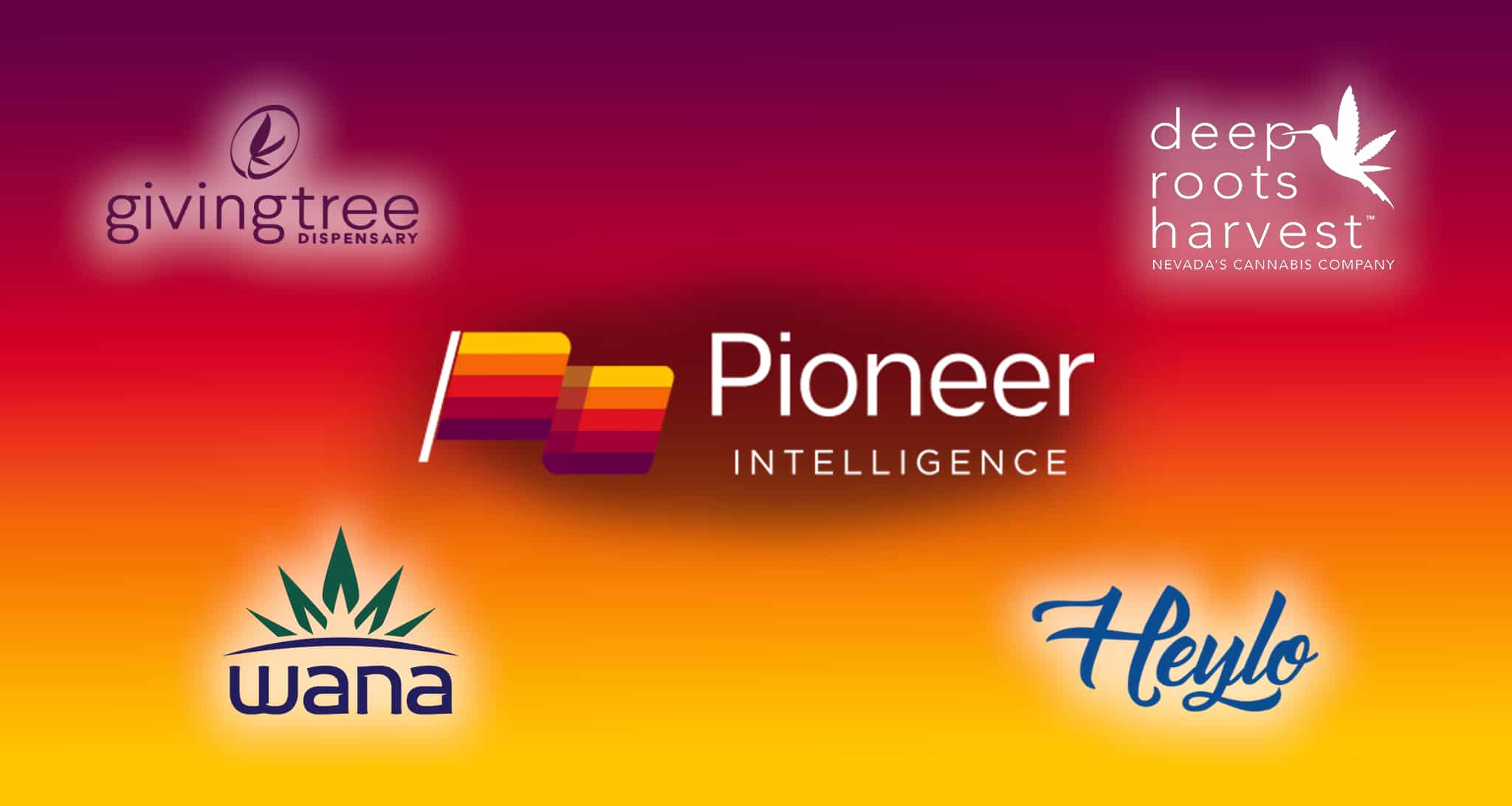One of my favorite slices of insight I pick up here at MJBI comes from our monthly top-ten lists by Pioneer Intelligence. If you’re not familiar, we work with Pioneer Intelligence each month to examine the top-ten brands in specific markets, based on their ranking on the company’s Heat Index. The data is not driven by sales numbers, but rather looks at consumer engagement based on three pillars: social media, earned media, and website traffic.
Reaching the number one spot in any given market is an impressive feat. It means a brand has successfully balanced their website presence and social media efforts, and has earned recognition from other publishers. It must take a lot of work.
Pioneer Intelligence’s founder Ben Walters concurs. The top-ranked brands change frequently. Between September 2021 and August 2022, thirty-two different brands appeared in the overall top-ten rankings, and seventy-six different brands occupied the top-twenty-five spot. What causes these shifts in rankings?
“Of the factors influencing Pioneer’s scoring over the last twelve months, none had as great an impact as Instagram takedowns. Cookies is clearly one of the country’s hottest brands — its earned media/PR pillar scores have been in the top ten every month, without exception. That’s super impressive. But, as its primary Instagram handle has been down more than up, the brand’s had a tough time competing on Pioneer’s Overall Index score,” he explains.
MJBI publishes fresh data from Pioneer Intelligence each month. We’ve pulled some seriously interesting intel from these lists: the hottest black-led brands, the hottest women-led brands in both the country and specific states, and of course, the hottest brands in various states.
How do these top brands stand out from the rest?
How number-one brands measure their success
We know Pioneer uses social media, earned media, and website traffic to determine their top brands. Are the top brands also keeping track of these data points?
At Deep Roots Harvest, ranked by Pioneer Intelligence as the #1 brand in Nevada this July, typical analytics like social engagement, website visits, and online conversions are all important, but for director of marketing James Mao, looking at overall sales and transactions alone can provide plenty of insights. “We benchmark week over week, month over month, and year over comparisons and track the lift based on our marketing initiatives,” he explains.
In contrast, for celebrity and top Black-led brand Khalifa Kush, it’s all about the data. “We diligently track key social metrics and performance trends both natively and with standardized reporting templates our team created,” says DJ Saul, the company’s CEO. Customized Google Analytics dashboards and a solid press team also help the company set goals and benchmarks to track success.
Lilach Mazor Power, CEO of 2021’s top Arizona brand Giving Tree, tells me that, among the metrics mentioned above, the company invests in SEO to drive organic traffic to the site. Her team also pays close attention to email marketing, which “takes into consideration not only open rate and click-through rate – but also engages in continuous testing on aspects like our subject lines and delivery times.” To track social media performance, they regularly check their Linktree to see how well their posts convert.
The Giving Tree team stays on top of these metrics, adjusting their strategy based on regular assessments. “Our digital marketing specialist maintains a detailed scorecard that provides us these insights on a weekly basis, so we can quickly pivot when something isn’t working,” says Mazor Power.
What other factors bring a brand to the top?
Most brands track their success. But numbers don’t just magically go up when someone tracks them. So what else are these brands doing to create enough buzz to land the number one spot on a Pioneer list?
Lo Friesen, founder and CEO of last year’s top Washington brand Heylo, explains that COVID forced their company to get creative as they transitioned from in-person community and education events to a digital-only strategy. “We leaned heavily into writing more blogs, producing more YouTube videos, and leading pop-up virtual education sessions,” she explains. “Through this, we’ve been able to reach even more people than our local community in-person events and that’s been a beautiful result of this transition.”
On a similar note, James Mao attributes Deep Roots Harvest’s success in the heat index to a number of recent changes. “We cleaned up our digital real estate, optimized our website with a robust SEO strategy, integrated menus, videos, blogs and created a consistent cadence for our social media posts. We also consolidated all our offline marketing messages to align with the campaigns and ensure continuity amongst all our channels,” he says. The company recently partnered with a PR firm to boost exposure with press releases and news articles.
For Wana, the top woman-led brand, brand voice must be front and center, but the marketing team has fun with it. “Our goal is to push boundaries and offer opportunities to surprise and delight our customers and partners,” explains CMO Joe Hodas. The company recently added unique swag to their product lineup, and their live rosin line, “Spectrum, has a a completely new look. “This effort pushed us to our most successful product launch to date,” he says. In response to these trends, Wana is rolling out a refresh for all of their packaging before the end of the year, pivoting their strategy according to the success of their rosin line.
Lilach Mazor Power credits for her brand’s success with “Keeping true to ourselves, working hard for a decade, putting our customers first, keeping focused and silencing the noise that can often distract teams from their goals.”. But she also gives a big credit to the new director of marketing, Stef Swiergol, who joined last summer and has helped to lead a strong team that can work efficiently with a small business budget.
Community first, analytics second
If there’s one thing that’s abundantly clear from these number-one brands, it’s that they all focus on perhaps the most important action of all: connecting with the community.
“With the flurry of new market launches this year, and the amplification of our content by Wiz, it’s not surprising that people are paying attention,” says DJ Saul of Khalifa Kush.
Other brands take a less showy approach to building on their relationship with the consumer.
“We follow a customer-first philosophy where we strive to maintain great relationships with our partners and provide great service to our customers,” explains Deep Roots Harvest COO Jon Marshall. “When it comes down to it, it is those folks who will drive the brand success.”
Wana follows a similar philosophy. “Contrary to what many might think, ‘brand’ goes far beyond marketing, and that is the secret to Wana’s success,” explains Joe Hodas. Of course, marketing, advertising, and PR are essential, but he views the core of the brand to be the products and people involved. “We live and breathe our brand every day, in every interaction and in every bite of Wana’s gummies.”
In a hyper-competitive market, Lo Friesen says that Heylo offers something different – an opportunity to be part of a movement. “We’re not winning single transactions, we’re building community, and this creates the deepest and longest-lasting engagement of all.”





